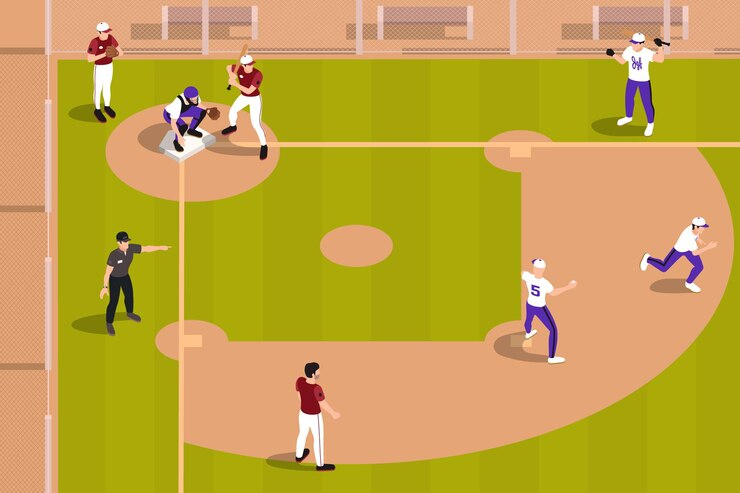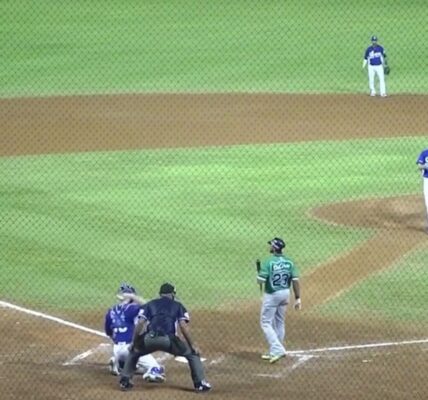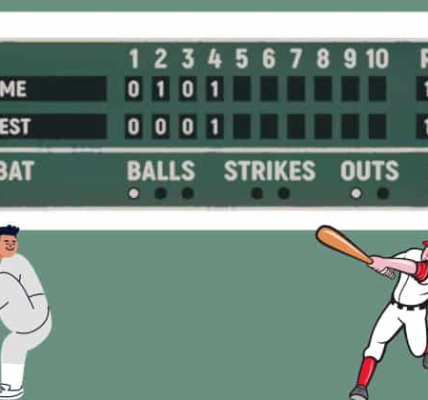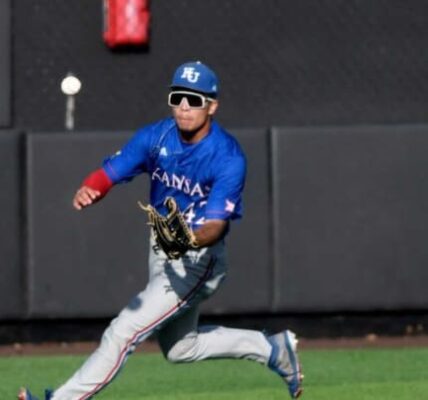In the realm of America’s favorite pastime, debates about the most important position in baseball spark fervent discussions among enthusiasts. This guide delves deep into the nuances of each baseball position, illuminating their distinct roles, importance, and influence on a team’s triumph.
From the pitcher’s mound to the outfield, we uncover the elements that render each player an indispensable component of baseball strategy and performance.
Pitcher: Unraveling the Game’s Tempo
At the forefront of the baseball arena stands the pitcher, widely acknowledged as the most important position in the game. Going beyond the mere act of hurling the ball, a pitcher dictates the game’s tempo, crafts strategic moves, and establishes the defensive tone.
The starting pitcher, in particular, holds the power to sway the entire team’s destiny, making a robust pitching staff essential for success.
Catcher: On-Field Coaching and Tactical Mastery
Transitioning from pitcher to catcher, the significance remains palpable as the catcher emerges as the on-field coach. Responsible for relaying signs and orchestrating defensive positioning, catchers play a crucial role in preventing potential runs.
Beyond the gear, their defensive prowess encompasses blocking pitches, framing strikes, and thwarting base runners, further solidifying their indispensable role.
First Baseman: Defensive Anchor and Offensive Dynamo
Entering the infield, the first baseman takes center stage, touching the ball more than any other position. Serving as a defensive anchor, they field hits, scoop throws, and contribute to a team’s reliability.
Often occupied by a power hitter, the offensive prowess of a first baseman becomes a key aspect shaping the overall team performance.
Third Baseman: The Hot Corner Defensive
The third baseman guards the hot corner with a blend of defensive prowess and offensive might. Their responsibilities range from fielding hard drives to showcasing power at the plate, making them a cornerstone of a competitive team.
Shortstop: Infield Captain
At the heart of the infield, the shortstop assumes the role of captain, influencing defensive strategies and facilitating communication. With a combination of a good glove, strong arm, and quick, accurate throws, they define defensive excellence and play a pivotal role in shaping the team’s success.
Explore baseball players skills and more in this video
Center Fielder: The Dynamic Guardian of the Outfield
Building upon the foundation laid in the previous sections, the center fielder emerges as a dynamic guardian of the outfield. Beyond the role of captain, they possess a unique set of responsibilities that extend the team’s defensive capabilities.
Covering vast expanses, backing up throws, and making precision throws to home plate, the center fielder is an indispensable component of the defensive puzzle, showcasing both speed and accuracy in their fielding.
Explore the additional perks of box seats at a baseball game.
Left Fielder: Navigating Unique Challenges
In left field, challenges take on a distinctive flavor, especially when contending with unique stadium features like the Green Monster in Boston. Left fielders navigate these challenges with precision, requiring accurate throws, strong arms, and effective backup strategies.
The responsibilities extend to backing up throws to third from the catcher, highlighting the left fielder’s versatility in defensive maneuvers and their crucial role in maintaining the team’s defensive integrity.
Second Baseman: Agility and Precision in the Middle Infield
Shifting to the middle infield, the second baseman’s role is defined by agility and precision. As a double play partner with the shortstop, they cover substantial ground between first and short, execute pickoff moves, and serve as a relay from the outfield.
While not reliant on the strongest arm, the second baseman’s quickness and accuracy define their defensive prowess, making them an essential part of the team’s strategic defensive maneuvers.
Right Fielder: The Sentinel’s Strategic Arm and Defensive Agility
Positioned strategically to back up plays and overthrows to first base, their role extends beyond offensive contributions. A right fielder’s strong arm becomes a strategic asset, contributing significantly to the team’s defensive maneuvers and solidifying their position as a key player in the outfield.
Honorable Mention: Designated Hitter’s Offensive Impact
The designated hitter earns an honorable mention for their paramount role in offensive production. While not participating defensively, their prowess in generating runs becomes crucial for a team’s success.
The balance between offense and defense reshapes the dynamics, underscoring the flexibility teams have in crafting a winning lineup and highlighting the importance of strategic choices in the pursuit of victory.
Conclusion
As the innings unfold, each position contributes to the intricate tapestry of baseball strategy and triumph. The unique significance of each position, from offensive prowess to defensive brilliance, reinforces the notion that every player, in their distinctive way, contributes to the title of the most important position in baseball.




